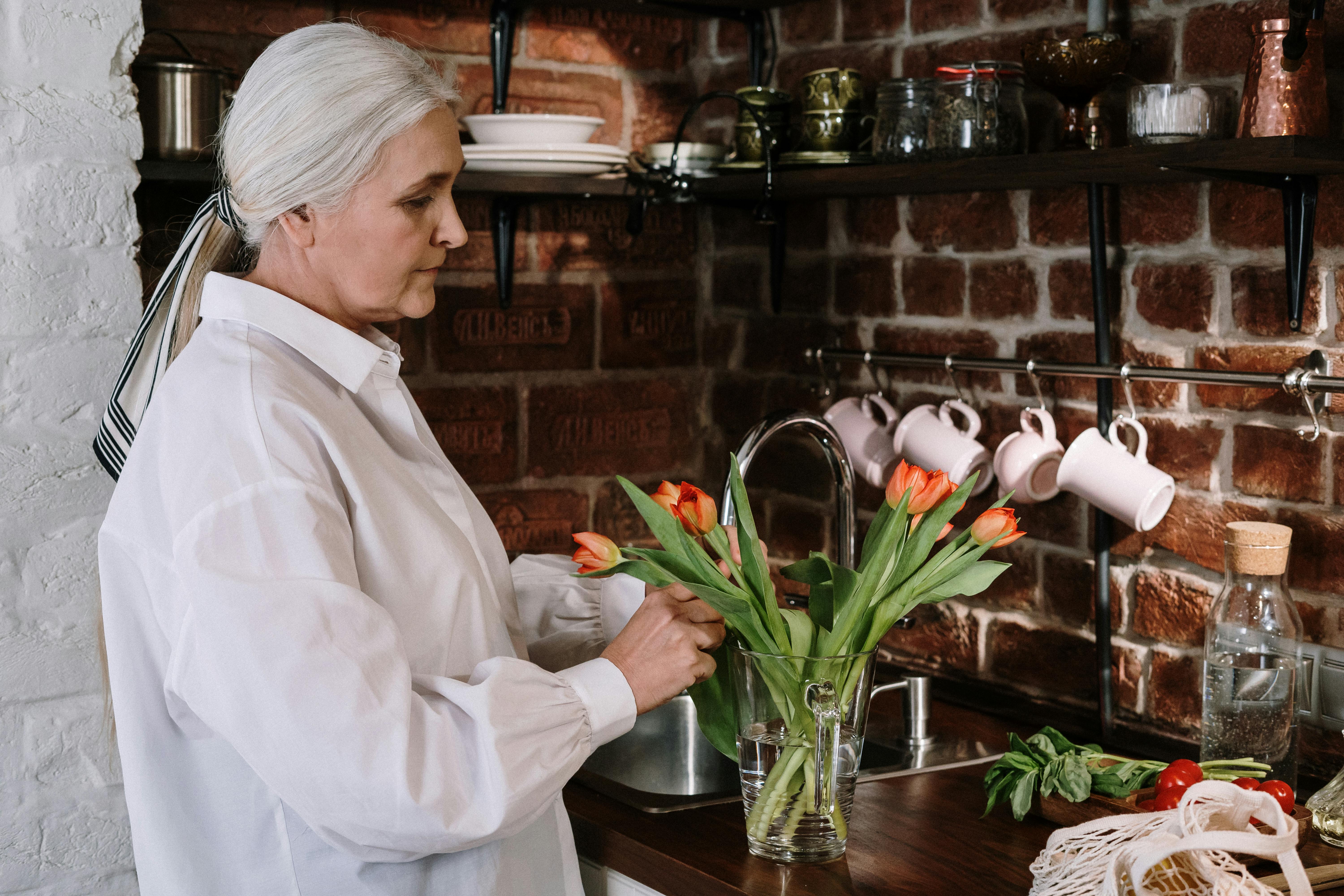In a bad economy, what sells? According to the Nielson Company, people buy much more practical items such as canned goods, food storage products, and spend much less money on entertainment and outings. Less time away from home has translated into a huge increase in wine and spirits sales! People don’t go out for alcohol, but still want to drink at home. Americans are already spending more on wine than any other nation. In 2007, the United States spent almost $22 billion on wine purchases, according to the report by the London-based wine market research firm. What does this mean? Wine enthusiasts’ love for grape infusion has not abated.
A natural progression in the passion for wine is the idea of creating a home cellar. Wine cellars have become elegant and sought after elements in homes. The National Association of the Remodeling Industry has documented that adding a wine cellar to your home will add value to your home and provide a positive return on your investment.
Homeowners are finding underutilized spaces in their homes to turn into cozy drinking spots. These spaces can be closets, nooks, or most popularly, basements! The size of the cellar can vary, but usually does not cover the entire basement. The vibration protection that a base offers makes it a popular choice. Many basement wine cellars include tables for tasting, plumbing lines to sinks for rinsing, cabinets and drawers for storing accessories, and even music for entertainment. How you want to use your wine cellar, aside from obvious wine storage, is an important factor to consider before beginning your renovation.
However, bottles of wine are not always easy house companions. To keep them happy and full of flavor, they can be a bit finicky and difficult to care for. For these reasons, it may be beneficial to consult with a professional remodeler familiar with cellar renovations to build the best cellar for your bottles. Here are just a few specs I recommend for residential wine cellars:
o Temperature: Often called one of the biggest concerns in wine storage! The ideal temperature is 50ºF to 55ºF, but several degrees to either side of this temperature is quite safe. Temperature fluctuation is another big concern. Ask your renovation professional about installing specific temperature controls for your cellar.
o Steam: Wine is very sensitive to humidity; all walls must have a vapor barrier and insulation. The vapor barrier is a 6 mil polyethylene plastic sheet and should be on the “warm side”. The warm side means that the vapor barrier is protected from the cellar (cold side) by insulation. Vapor barrier placed on the wine cellar side will cause moisture to condense on the barrier and could damage the walls.
o Walls: Interior walls must have a minimum of R-11 insulation and exterior walls must have a minimum of R-19. Much of the wall space will be covered by a mix of cabinets, individual bottle bins, and diamond bins. Consider the size and number of bottles you want to store before you or your contractor begin designing your space.
o Floors: Concrete ground floors, such as in a basement, need a vapor barrier only which means they must be sealed with concrete sealer. Any above ground flooring must be R-19 with a vapor barrier. Stone or tile floors are a very popular and traditional option for laying over barriers.
o Door: The door must be an exterior grade door with a weather seal to keep your home’s cellar temperature regulated at all times.
o Lighting: The light in your cellar should emanate as little heat as possible, while adequately illuminating the space. If you choose to use any lighting that emits UV, such as halogen, be sure to put down a UV filter film to protect the wine.
o Tables and Seats – If your space is large enough, you will surely want a table and seats to entertain friends or simply enjoy your wine in complete privacy. Many basement table options include additional storage under the table; the bar height is a popular choice for basement tables and countertops.

